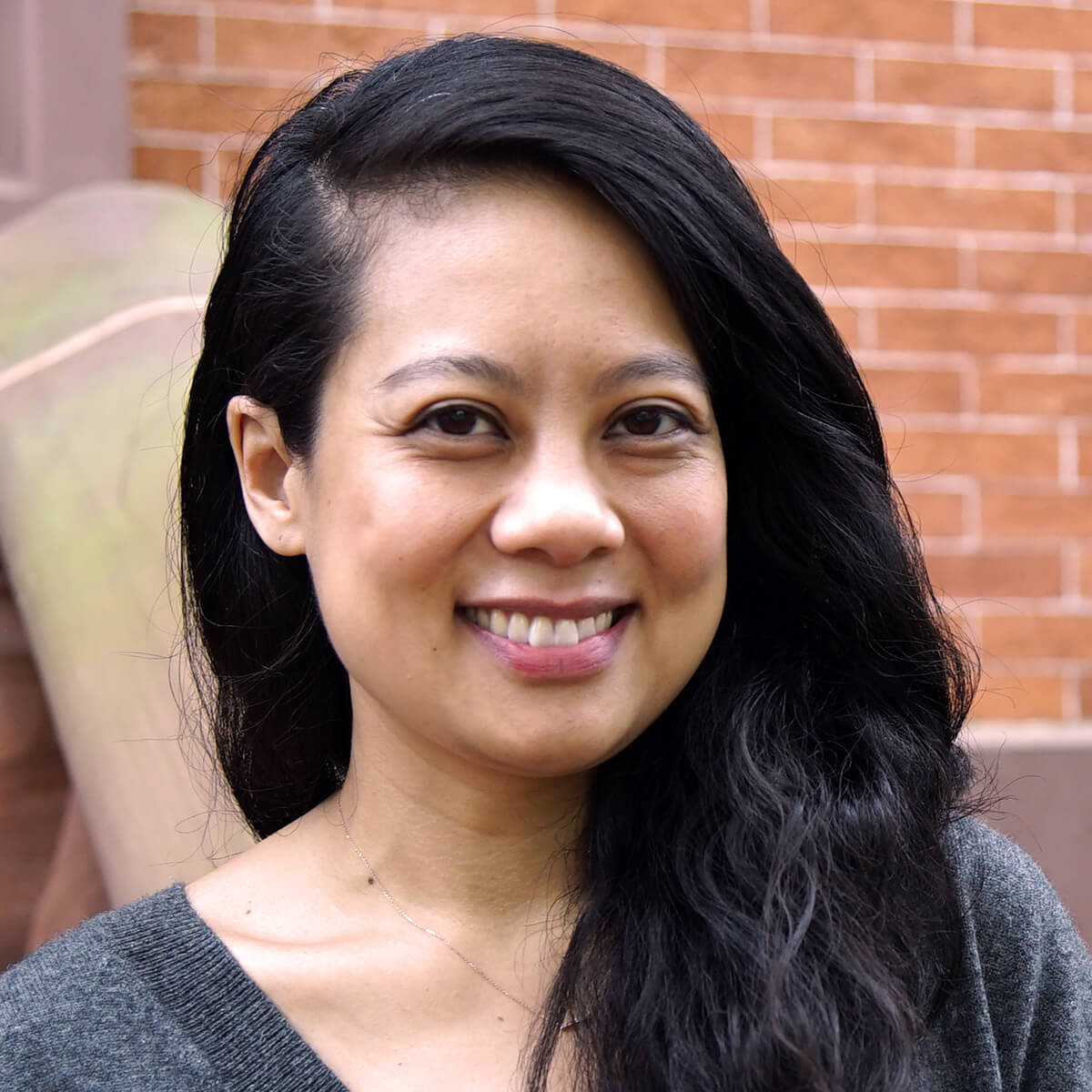
Annie Nguyen
What’s your background?
I grew up in a small town in Wisconsin to parents who were refugees, and I am incredibly grateful for their hard work and perseverance in providing me opportunities. My post graduate work in social impact and masters in design lead me to various projects at design consultancies as well as at Facebook solving problems through design and technology.
What inspired you to join USDS?
I wanted to focus on more socially impactful work in my career. I had heard about USDS, but the more I learned about the people and projects at various agencies, I was excited to see how I could contribute.
What has been your biggest challenge?
I think one of the biggest challenges I face right now are designing materials on paper. Even though we have many projects modernizing online systems, there are many processes and people who rely on paper for information and to fill out forms for benefits. I work on appeals-related projects at the Department of Veterans Affairs, and one of the projects in particular is helping Veterans better understand their new review options under the Appeals Modernization Act, a law that went into effect in February 2019. These new review options include filling out the paper forms as well as receiving materials that explain these review options in the mail. Making sure we can improve, design, and iterate on a printed piece of paper, while explaining policy in a more human-centered way was a challenge I wasn’t expecting. Although it may seem everything is online and should be, many older Veterans rely on printed materials that come in the mail.
How does your work make an impact?
One of the reasons I enjoy this work is meeting and listening to people we are designing with. People I’ve met are willing to give up their time to provide feedback and share their stories because they recognize this work will help others in the future.
My work at the VA included designing and building a new online tool for Veteran’s Law Judges to more efficiently and effectively take notes before and during hearings, as well as advocating for design research by putting more work in front of Veterans for feedback often and early. Through usability testing sessions, I was able to clearly point out what was not working for the Veterans and see a change made so Veterans would not mistakenly opt-out of their current appeal.
Other work at USDS included the multi-benefit application and enrollment prototype, which has been used as an example at the local and state level.
I’ve also worked on designing the U.S. Passport Renewal prototype that was built and handed off in June 2017 to the U.S. Department of State in 3 months’ time in hopes that renewals can be done online instead of printing and mailing the form in.
What do you want to do after USDS?
I hope to continue using my skills doing socially impactful work in whatever way possible. I’d like the work to help others who need it most and improve ways we can represent and highlight diversity at the forefront of our leadership, practices, teams, and what we build.
What will you miss most about USDS when you leave?
I will miss the close friendships I’ve made at USDS. This is a unique place filled with people from diverse backgrounds who came here looking to make change on the ground. I will also miss how this work has brought me closer to people different from me across the country and remembering their stories, struggles, and successes. It’s the small wins that make such a big impact. Getting government services to work shouldn’t be so difficult, and I’m glad to have had a small part in improving it.


